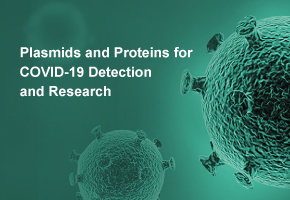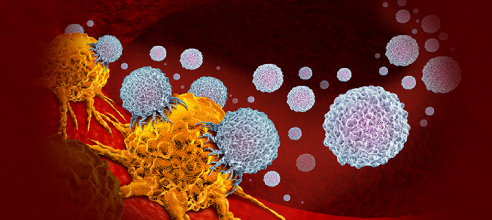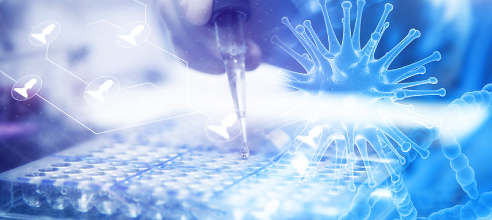Flow Cytometry (FCM/FC) Protocol
Flow cytometry (FCM) technique provides rapid multi-parametric analysis of single cells in good solution. Flow cytometers utilize lasers as light sources to produce both scattered and fluorescent light signals that are read by detectors such as photodiodes or photomultiplier tubes. These signals are converted into electronic signals that are analyzed by a computer and written to a standardized format (.fcs) data file. Cell populations can be analyzed and/or purified based on their fluorescent or light scattering characteristics. Flow cytometry is a powerful tool that has applications in immunology, molecular biology, virology, bacteriology, cancer biology and infectious disease detection.
█ Materials:
1) Cells of interest
2) Fluorescently-labeled antibodies specific to cell surface or intracellular markers of interest
3) Flow cytometry buffer (e.g., PBS with 2% FBS and 0.1% NaN3)
4) Propidium iodide or other viability stain (optional)
5) Flow cytometer
█ Protocol:
1) Preparation of cells: Harvest cells and wash with flow cytometry buffer.
2) If necessary, prepare a single cell suspension by passing the cells through a cell strainer.
3) Antibody staining: Dilute the fluorescently-labeled antibodies in flow cytometry buffer to a concentration appropriate for your specific antibodies.
4) Add the antibody solution to the cells and incubate for 15-30 minutes at 4°C.
5) Wash the cells with flow cytometry buffer to remove unbound antibodies.
6) Viability staining: If desired, add propidium iodide or another viability stain to the cells to distinguish live and dead cells.
7) Acquisition: Load the stained cells onto the flow cytometer.
8) Set up the instrument according to the manufacturer's instructions and adjust the flow rate, laser power, and detector sensitivity as needed.
9) Acquire data on the fluorescence intensity and scatter properties of the cells.
10) Data analysis: Use flow cytometry software to analyze the acquired data, including gating to exclude debris and non-cellular events and to identify subpopulations of cells based on their fluorescence and/or scatter properties.
11) Cell sorting (optional): If desired, sort the cells into subpopulations based on their fluorescence and/or scatter properties using a flow cytometer equipped with a cell sorter.
It is important to include appropriate controls, such as a negative control without primary antibody or an isotype control antibody, to ensure the specificity of the staining. The specific details of the flow cytometry protocol may vary depending on the type of cells and antibodies used, as well as the specific instrument and software available.
- Like (2)
- Reply
-
Share
About Us · User Accounts and Benefits · Privacy Policy · Management Center · FAQs
© 2025 MolecularCloud




